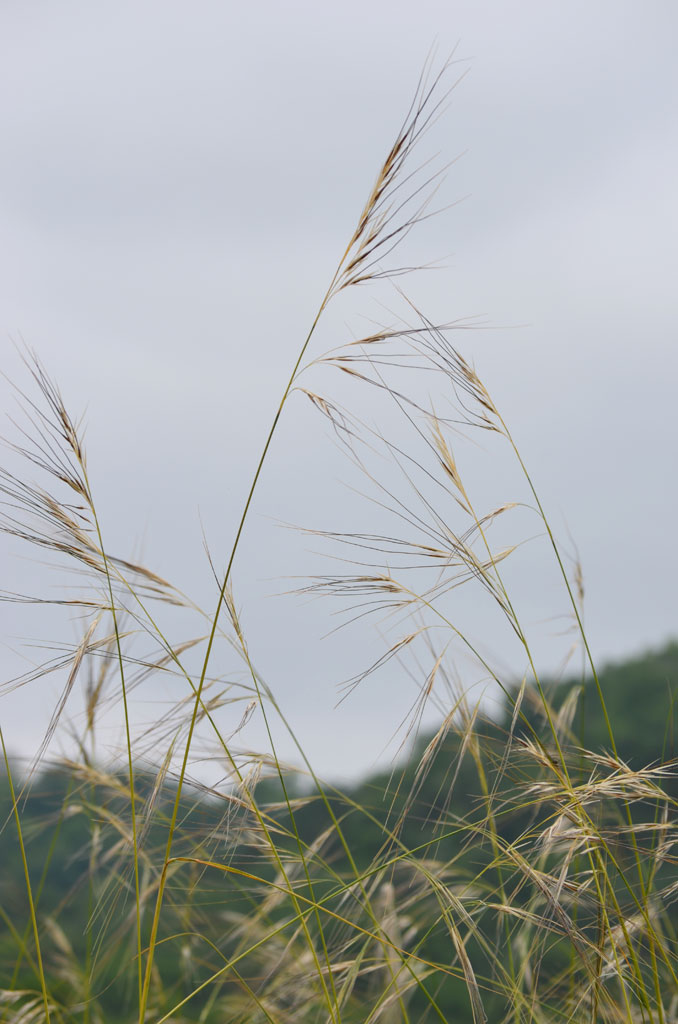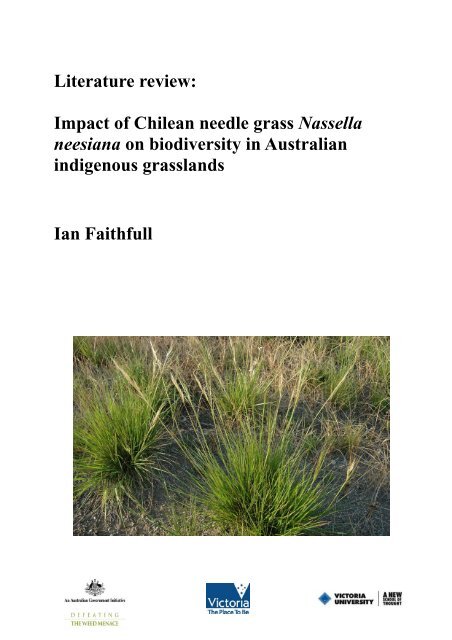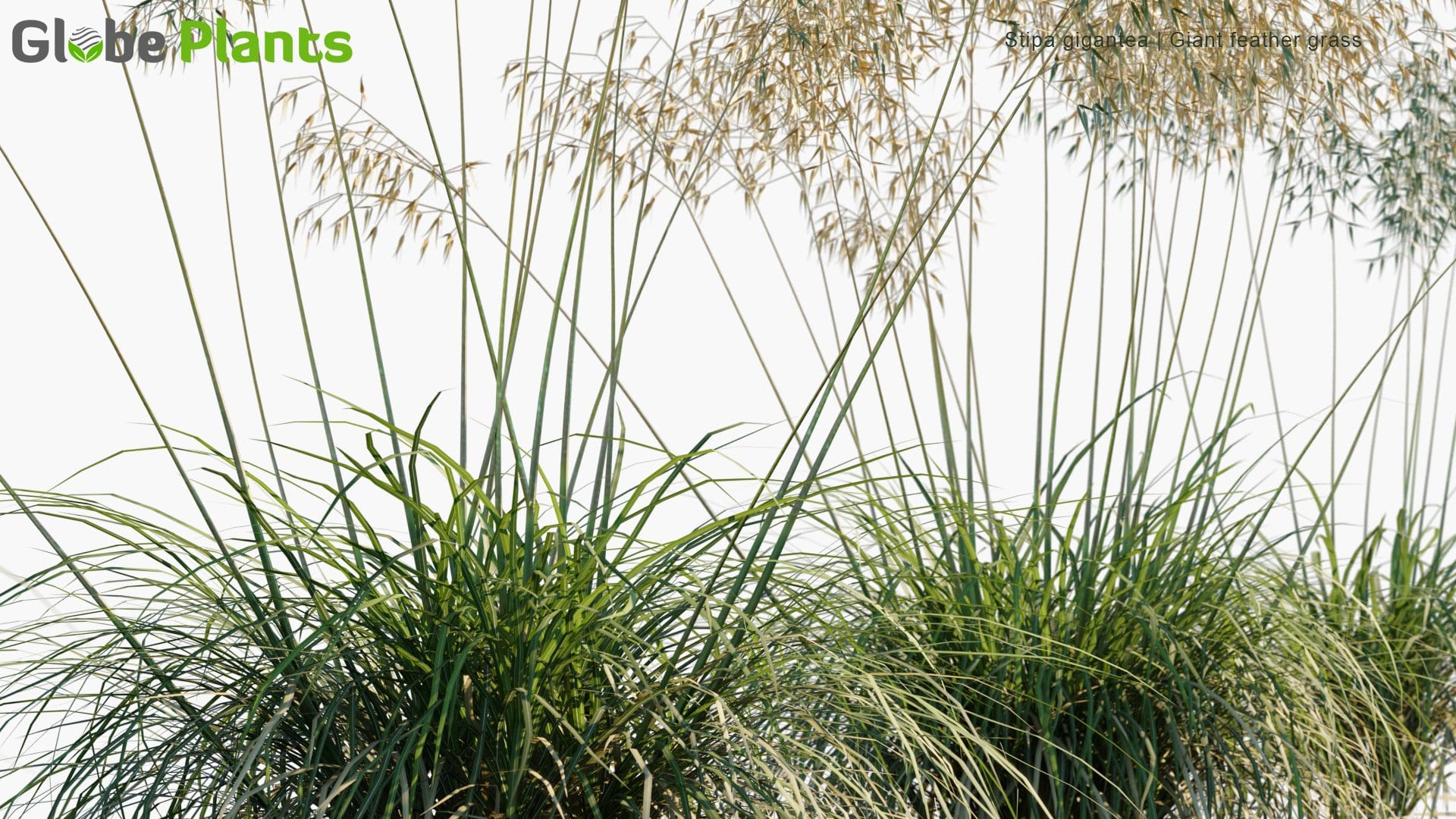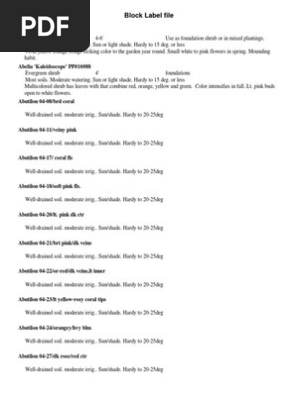Needle Grass: The Invasive Weed That's Destroying
Title: Needle Grass: The Invasive Weed That's Destroying
Introduction:
Needle grass is a fast-growing, invasive weed that is native to South America. It was introduced to Australia in the early 1900s and has since spread to many other countries, including the United States, Canada, and New Zealand. Needle grass is a serious threat to native ecosystems and agricultural land. It can displace native plants, reduce crop yields, and damage infrastructure.
Main Content:
- What is needle grass? Needle grass is a type of grass that has long, sharp seeds. The seeds can easily pierce skin and fur, and they can cause serious injury to animals and humans. Needle grass plants can grow up to 3 feet tall and they have a deep root system. This makes them difficult to control.
- How does needle grass spread? Needle grass can spread by seed, by wind, and by water. The seeds can travel long distances in the wind, and they can also be spread by animals and humans. Needle grass can also spread through contaminated soil and water.
- The impact of needle grass: Needle grass has a number of negative impacts on native ecosystems and agricultural land. It can displace native plants, reduce crop yields, and damage infrastructure. Needle grass can also cause problems for livestock. The sharp seeds can injure animals' skin and eyes, and they can also downgrade the quality of wool and meat.
- How to control needle grass: There are a number of ways to control needle grass, including:
- Manual removal: Needle grass can be controlled by manually removing the plants. This is a labor-intensive process, but it is the most effective way to control small infestations.
- Chemical treatment: Needle grass can be controlled with herbicides. However, herbicides can be harmful to the environment, and they should only be used as a last resort.
- Biological control: Biological control is the use of natural enemies to control pests. There are a number of insects that feed on needle grass, and these insects can be used to help control infestations.
Conclusion:
Needle grass is a serious invasive weed that can have a devastating impact on native ecosystems and agricultural land. It is important to be aware of this weed and to take steps to control it. If you see needle grass on your property, please contact your local agricultural extension office for more information about how to control it.
Needle grass is a type of grass that is native to North America. It is characterized by its long, thin blades that resemble needles. Needle grass can be found in a variety of habitats, including meadows, prairies, and grasslands. It is a common sight in many parts of the United States and Canada.
Needle grass is a valuable forage for livestock. It is also a good source of nectar for bees and other pollinators. However, needle grass can also be an invasive species. It can displace native plants and damage ecosystems.
If you are interested in learning more about needle grass, I encourage you to visit Home Gardening. This website has a wealth of information about needle grass, including its history, ecology, and uses. You can also find photos and videos of needle grass, as well as links to other resources.
FAQ of needle grass
- What is needle grass?
Needle grass is a type of grass that is characterized by its long, sharp blades. It is a common weed in many parts of the world, and can be a nuisance to homeowners and farmers.
- What are the symptoms of needle grass?
Needle grass can cause a variety of problems, including:
* Skin irritation: The sharp blades of needle grass can cause skin irritation, such as itching and redness.
* Eye irritation: If needle grass gets into your eyes, it can cause irritation and pain.
* Ingestion: If you ingest needle grass, it can cause stomach upset and vomiting.
* Inhalation: If you inhale the pollen from needle grass, it can cause allergic reactions, such as sneezing and coughing.
- How can I control needle grass?
There are a number of ways to control needle grass, including:
* Handpulling: This is the most effective way to control needle grass in small areas.
* Mowing: Mowing can help to keep needle grass in check, but it is not a permanent solution.
* Herbicides: There are a number of herbicides that can be used to control needle grass. However, it is important to use herbicides carefully, as they can also harm other plants.
* Burning: Burning can be an effective way to control needle grass in large areas. However, it is important to take precautions to prevent the fire from spreading.
- Is needle grass harmful to animals?
Needle grass can be harmful to some animals, such as horses and livestock. The sharp blades of needle grass can cause cuts and abrasions, which can lead to infection.
Image of needle grass
- Needle and thread grass (Stipa comata) is a tall, slender grass with long, thin leaves that resemble needles. It is found in dry, open areas in North America.

- Blue needle grass (Stipa pulchra) is a shorter grass with blue-green leaves. It is found in prairies and meadows in North America.

- Sand needle grass (Stipa spartea) is a small, tufted grass with short, sharp leaves. It is found in sandy areas in North America.

- Sparrowgrass (Stipa pennata) is a tall, slender grass with long, narrow leaves. It is found in Europe and Asia.
- Shepherd's needle (Stipa capillata) is a small, tufted grass with sharp, needle-like leaves. It is found in Europe and Asia.

- Yellow needle grass (Stipa aspera) is a tall, coarse grass with yellow-green leaves. It is found in North America.
- Slough grass (Stipa spartea) is a tall, coarse grass with long, sharp leaves. It is found in wet areas in North America.

- Prairie cordgrass (Stipa viridula) is a tall, slender grass with green leaves. It is found in prairies and meadows in North America.

- Giant needle grass (Stipa gigantea) is a very tall grass with long, sharp leaves. It is found in the western United States.

- Foxtail needle grass (Stipa foxii) is a short, tufted grass with sharp, needle-like leaves. It is found in the western United States.


Post a Comment for "Needle Grass: The Invasive Weed That's Destroying"